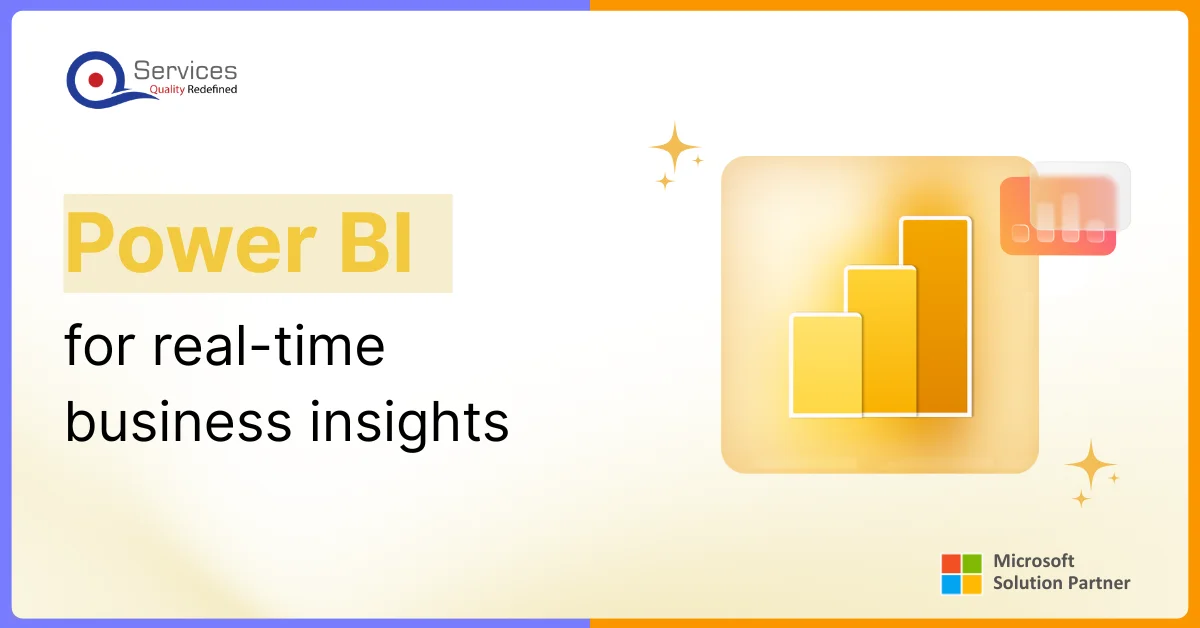
Home » Fraud Detection in Real Time: Leveraging AI and Automation for Safer Banking

The growing use of digital solutions in the banking sector has indeed improved service delivery but also introduced new security risks. As critical operations move online, fraudsters look to target banks with weak infrastructure and outdated detection systems.
Traditional fraud detection models often rely on manual reviews that miss or delay alerts. Modern banking requires fraud detection systems that act in real time.
Fraud detection using AI in banking applies advanced algorithms to identify patterns and block suspicious activity in real time. In a financial landscape where online losses continue to evolve, using automated AI-powered fraud detection can protect financial institutions from massive losses.
Banks have long used conventional methods to deal with financial fraud. These methods rely on manual reviews and rule-based systems that flag transactions based on predefined conditions.
While once effective, these approaches struggle with limitations. They often flag legitimate transactions, fail to adapt to evolving threats or miss fraud attempts due to high transaction volumes.
AI-based fraud detection in banking enables real-time tracking and immediate flagging of suspicious activity. These systems process large volumes of transactions, detect patterns, and respond to threats with greater speed and accuracy.
For banks focused on modernizing their services, AI in fraud detection is not just a need. It is a core capability for ensuring security, compliance, and customer trust.
AI and machine learning models are the reason why fraud detection in banking is intelligent, fast, and adaptive. These technologies play a key role in making systems to offer scalable responses to modern threats.
Here’s how they contribute:
AI models analyse transactions in real time. They apply statistical techniques and anomaly detection to flag suspicious activity with fewer manual reviews.
Machine learning systems process data across all banking channels, such as cards, apps, online platforms, or ATMs. They identify fraud patterns across services as a unified system.
AI algorithms learn continuously from new fraud patterns. They update detection logic automatically and help banks stay ahead of emerging threats.
Predictive models analyse historical and live data to forecast fraud risks. This enables banks to block high-risk transactions before fraud occurs.
AI systems use automation to monitor transactions as they happen. They score risk in real time and trigger alert, holds, or blocks when fraud is likely.
AI and Robotic Process Automation (RPA) automate fraud documentation for banks. They generate reports and maintain audit trails without manual effort.
Get free Consultation and let us know your project idea to turn into an amazing digital product.

Using AI-powered fraud detection systems in banks helps in making the use of data to identify financial risks and frauds. Banks of several sizes implement this solution for several areas.
The most common use of AI-powered fraud detection in banking is monitoring transactions in real time across cards, mobile banking, and ATMs. These models evaluate risk scores instantly, blocking or flagging high-risk activity before the transaction is completed.
Another key use of real-time AI fraud detection in banking. Trained AI systems compare transactions against expected behaviour using statistical models. They detect unusual spending patterns, login locations, device changes, or transaction timings that may signal fraud.
Machine learning systems continuously profile each customer’s behaviour patterns, like typing speed, mouse movements, and more. Banks use these profiles to spot deviations, such as abnormal transfer amounts or new beneficiary patterns — and respond automatically through AI-driven controls.
Banks apply AI predictive models that learn from past fraud cases and transaction history. These models identify subtle risk indicators and forecast fraud attempts to enable preventive action before the fraud is executed.
Leveraging AI and automation enables safer online banking in today’s financial environment. With real-time monitoring and predictive analytics, banks attain maximum operational benefits.
Banks leveraging AI have reduced fraud-related losses by up to 30%. Automated blocking of high-risk transactions prevents unauthorized activity before it affects customers or bank funds.
Predictive analytics flags up to 40% of high-risk transactions before fraud occurs. This supports proactive prevention and lowers incident response costs significantly.
Machine learning models reduce false fraud alerts by about 20%. This minimizes customer disruption and decreases the manual effort needed to review flagged transactions.
AI fraud detection systems scale efficiently as transaction volumes grow. Banks monitor millions of transactions daily without performance loss or the need for proportional staff increases.
Deploying AI-powered fraud detection systems in banking is not without challenges. Financial institutions often deal with technical, operational, and regulatory issues. Below are some of the common challenges:
Share your project idea with us. Together, we’ll transform your vision into an exceptional digital product!

Selecting the best AI tools depends on business needs. Bespoke AI and automation solutions ensure tailored protection considering the risk tolerance of its customer profiles. Partnering with trusted providers like QServices helps align technology with operational and compliance needs.
AI and automation have become essential in helping banks stay ahead of fraud. Financial institutions increasingly rely on advanced AI algorithms for banking fraud prevention, as these systems deliver faster, data-driven decisions that adapt to new threats.
Fraud detection using AI in banking combines real-time monitoring, predictive analytics, and automated controls to minimize risks before damage occurs.
By selecting the right AI-powered tools and continuously improving their systems, banks can protect customer trust and meet compliance requirements. As fraud continues to evolve, AI will remain central to safeguarding modern financial services.
Traditional methods use rule-based systems with manual reviews, while AI uses machine learning to automatically adapt, learn from new patterns, and reduce false positives with greater accuracy and speed.
Yes, AI fraud detection systems process transactions instantaneously, scoring risk levels and blocking suspicious activities within milliseconds before transactions complete, providing immediate protection against fraudulent attempts.
AI can detect card fraud, account takeovers, money laundering, identity theft, phishing attacks, mobile banking fraud, ATM skimming, and emerging digital fraud patterns across all channels.
The future includes advanced deep learning, quantum computing applications, real-time cross-institution data sharing, biometric integration, and AI-powered chatbots for enhanced fraud prevention capabilities.
Yes, banks extensively use supervised learning, unsupervised learning, neural networks, and deep learning algorithms to analyse patterns, predict risks, and prevent fraudulent activities before they occur.
AI learns from historical data and customer behaviour patterns to distinguish between legitimate and fraudulent transactions more accurately, reducing unnecessary blocks on genuine customer activities.
Banks use behavioural profiling, risk scoring, and adaptive authentication to seamlessly verify legitimate customers while blocking fraudulent activities without causing unnecessary transaction delays or inconvenience.
Banks face challenges including data quality issues, legacy system integration, model explainability requirements, regulatory compliance, and the need for continuous model training and updates.
AI systems use encrypted data processing, anonymization techniques, and comply with regulations like GDPR while maintaining customer privacy and protecting sensitive financial information during analysis.
Behavioural analytics analyses individual customer patterns including typing speed, mouse movements, transaction habits, and device usage to create unique profiles for detecting account takeovers.
Natural language processing analyses customer communications, social media data, and transaction descriptions to identify fraudsters, detect social engineering attempts, and gather intelligence on threats.
AI monitors mobile app usage patterns, device fingerprinting, location data, and biometric authentication to provide seamless security while maintaining user experience in mobile banking.

Have a one on one discussion with our Expert Panel

In the past, business intelligence tools focused on collecting data and creating reports every month. That approach worked when things moved slowly. Now, businesses need to make decisions in seconds. Waiting for static reports can mean missing sales, reacting late to supply issues, or not spotting financial risks on time.

In 2026, it’s vital for every developer to be skilled in using the right set of Azure developer tools for cloud projects. Microsoft’s Azure cloud platform is at the center of this shift, providing a wide range of solutions for building and managing apps. With cloud development with Azure, teams can launch reliable apps that scale globally and respond to business needs in real time. Picking the right items from the Azure tools list can save time, money, and help you get better results.

As this year closes, no-code automation is steering digital transformation across industries. Businesses that began with low-code tools are now scaling faster through Power platform development strategies. Many are realizing that innovation, security, and efficiency can coexist when automation is built on Microsoft Power platform.

Founder and CEO

Chief Sales Officer
